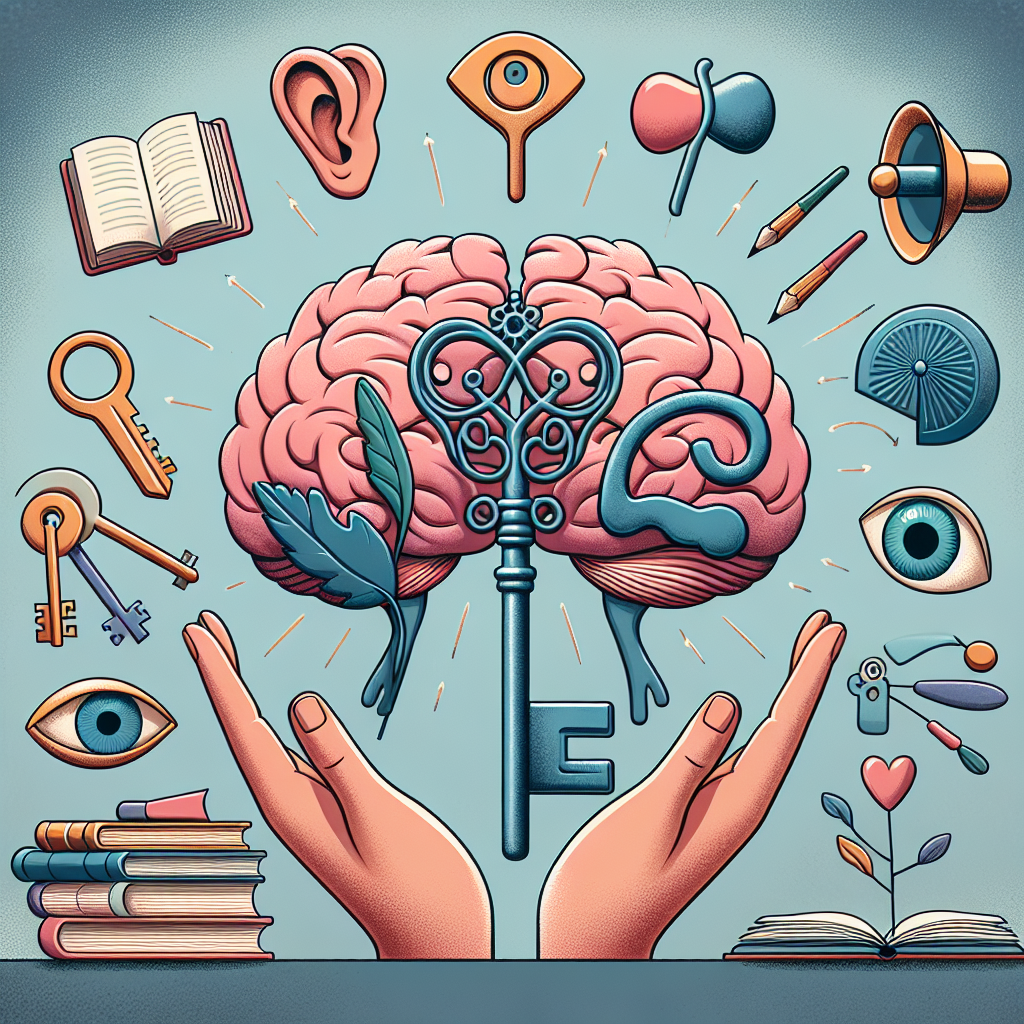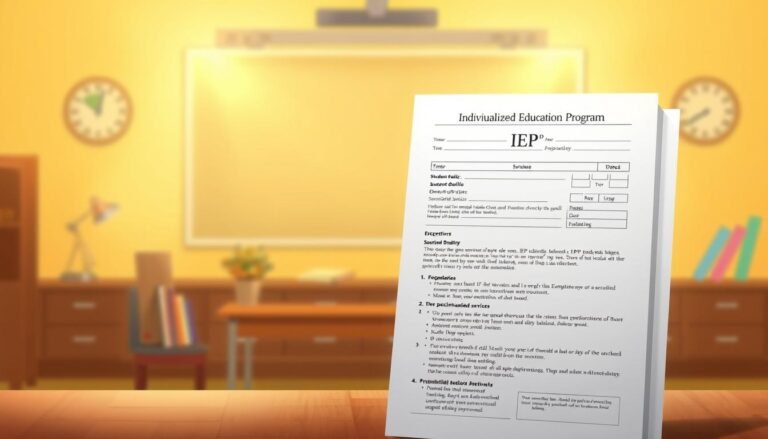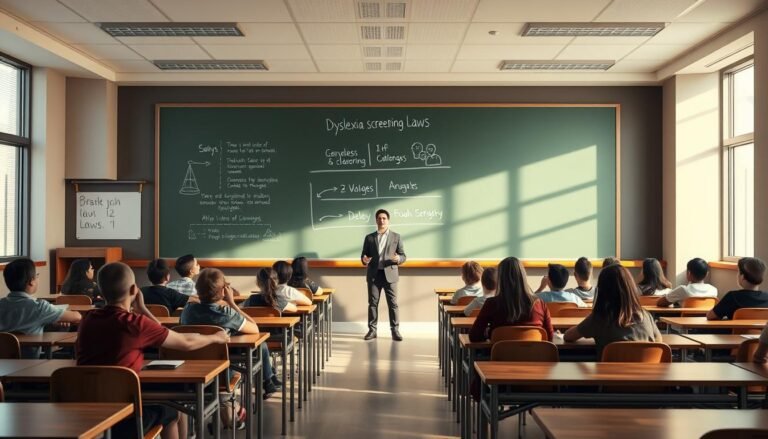
Unlocking Potential: Essential Support and Strategies for Various Learning Disabilities
Introduction
In a world where education and innovation are more crucial than ever, understanding and addressing learning disabilities becomes a vital quest for both educators and families. Unlocking potential goes beyond mere acknowledgment of challenges; it involves a deep dive into actionable strategies that empower individuals with learning disabilities. This article aims to provide a comprehensive resource that outlines effective support and strategies for various learning disabilities, ensuring every learner can thrive in their unique journey.
Understanding Learning Disabilities
What Are Learning Disabilities?
Learning disabilities (LDs) are neurological conditions that affect how individuals process, understand, and respond to information. These disabilities can include:
- Dyslexia: Difficulty in reading, spelling, and writing.
- Dysgraphia: Challenges in writing, often manifesting as difficulties with motor skills.
- Dyscalculia: Trouble with understanding numbers and mathematical concepts.
Recognizing these conditions is the first step toward unlocking potential: support and strategies for various learning disabilities.
The Impact of Learning Disabilities
Learning disabilities can affect academic performance, social skills, and self-esteem. For instance, students with dyslexia may struggle with reading comprehension, which can hinder their overall learning experience. Conversely, implementing support and strategies tailored to their needs can promote success and confidence.
Strategies for Supporting Learning Disabilities
1. Individualized Education Plans (IEPs)
An essential strategy in unlocking potential is the creation of Individualized Education Plans (IEPs) for students with learning disabilities. IEPs are tailored documents that lay out specific educational goals, accommodations, and necessary support services.
Case Study: Jake’s Journey with Dyslexia
Jake, a 10-year-old with dyslexia, struggled to keep up with his peers in reading. After implementing an IEP that included specialized reading interventions and technology aids, Jake’s reading level improved by two grades in one year. This case demonstrates the effectiveness of personalized educational plans in unlocking potential: support and strategies for various learning disabilities.
2. Multi-Sensory Instruction
Multi-sensory instruction engages multiple senses—visual, auditory, and kinesthetic—to enhance learning experiences. This approach is particularly beneficial for students struggling with traditional educational methods.
| Sensory Method | Example | Learning Disability |
|---|---|---|
| Visual | Color-coded notes | Dyslexia |
| Auditory | Listening to audiobooks | Dyslexia and Dysgraphia |
| Kinesthetic | Hands-on activities | Dyscalculia |
3. Assistive Technology
Technology plays an integral role in providing support for learning disabilities. Tools such as text-to-speech programs, spell checkers, and organizational apps can significantly help learners.
Analysis of Technology Integration
For instance, students using apps that convert text to speech often experience less anxiety during reading tasks, making them more engaged in learning. This illustrates the power of assistive technology in unlocking potential: support and strategies for various learning disabilities.
4. Building a Supportive Environment
Creating a nurturing and supportive environment at school and home is critical. Encouragement and positive reinforcement can help learners overcome their challenges.
Case Study: Aisha’s Home Support Network
Aisha, a high school student with dyscalculia, benefited immensely from a supportive family environment that embraced her struggles. With the help of her parents, who provided consistent assistance in math skills while celebrating small victories, Aisha gained confidence and improved her math grades significantly.
Effective Teaching Strategies for Educators
1. Differentiated Instruction
Differentiated instruction caters to individual learning needs by offering various approaches to content, process, and product. This methodology enables all students to access the curriculum effectively.
2. Cooperative Learning
Cooperative learning techniques encourage collaborative problem-solving among peers. Students working together can share different strengths, providing a more inclusive learning experience.
The Role of Parents and Caregivers
1. Advocacy
Parents and caregivers are instrumental in advocating for their children’s needs in educational settings. They can work closely with schools to ensure their child receives necessary accommodations.
2. Communication
Open communication between parents, educators, and learners can facilitate better understanding and support strategies tailored to individual learning styles.
Conclusion
Unlocking potential: support and strategies for various learning disabilities is a continuous journey that requires collaboration among educators, parents, and the community. With effective strategies in place, every learner can achieve success, breaking down the barriers learning disabilities can present.
Leveraging resources, fostering supportive environments, and maintaining open lines of communication can transform educational experiences. Enter this process not merely as educators or parents, but as essential life coaches who nurture and support all learners toward their unique potential.
FAQs
1. What are the signs of learning disabilities?
Signs can vary, but common indicators include difficulties with reading, writing, mathematics, and social interactions. Early identification is crucial for effective intervention.
2. How can I support a child with learning disabilities at home?
Encouragement, patience, and implementing structured study routines can make a significant difference. Utilize tools and resources to assist with homework and learning.
3. Are learning disabilities hereditary?
There is evidence suggesting that learning disabilities can run in families, but environment and individual experiences also play significant roles.
4. Can a child with learning disabilities succeed academically?
Absolutely! With tailored support and the right strategies, many individuals with learning disabilities excel academically and in life.
5. What role does self-advocacy play?
Teaching individuals to advocate for their own needs fosters independence and self-awareness, crucial for navigating educational and personal challenges.
6. Where can I find resources for learning disabilities?
Numerous organizations offer resources, including the Learning Disabilities Association of America (LDA) and the National Center for Learning Disabilities (NCLD).
This article aims to provide a rich resource for understanding and addressing learning disabilities, highlighting the importance of unlocking potential through targeted support and effective strategies.
















